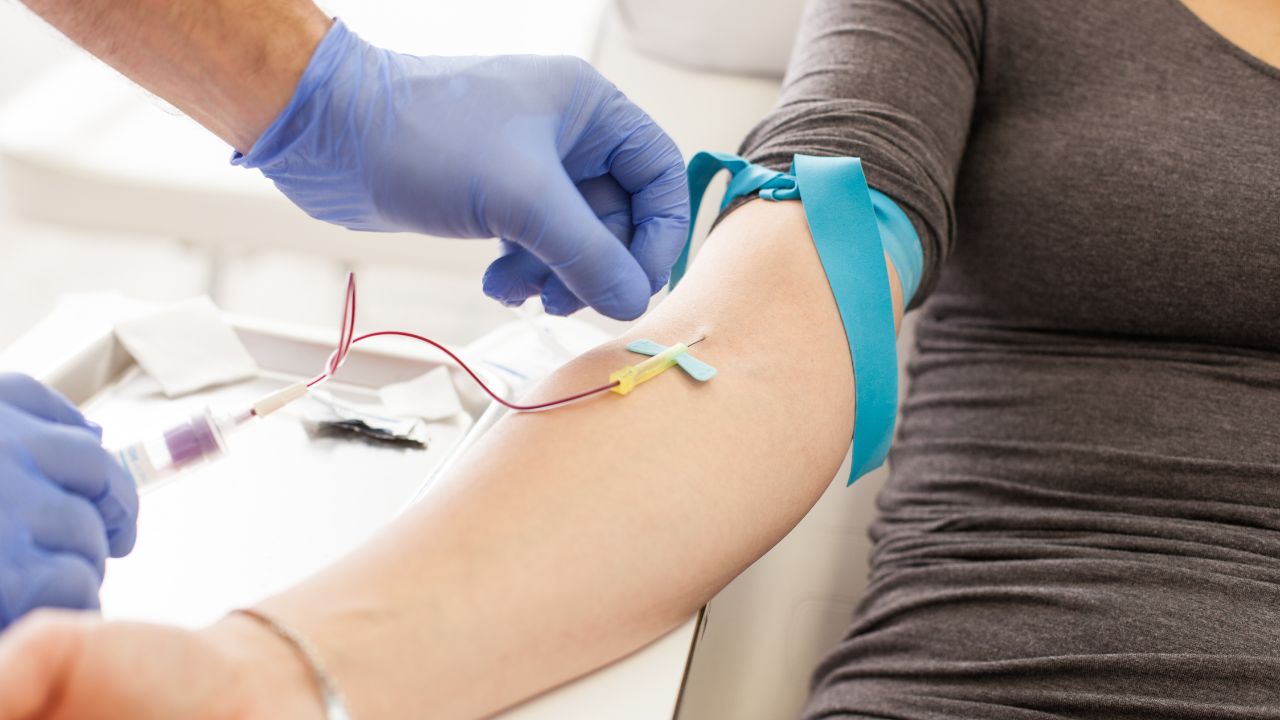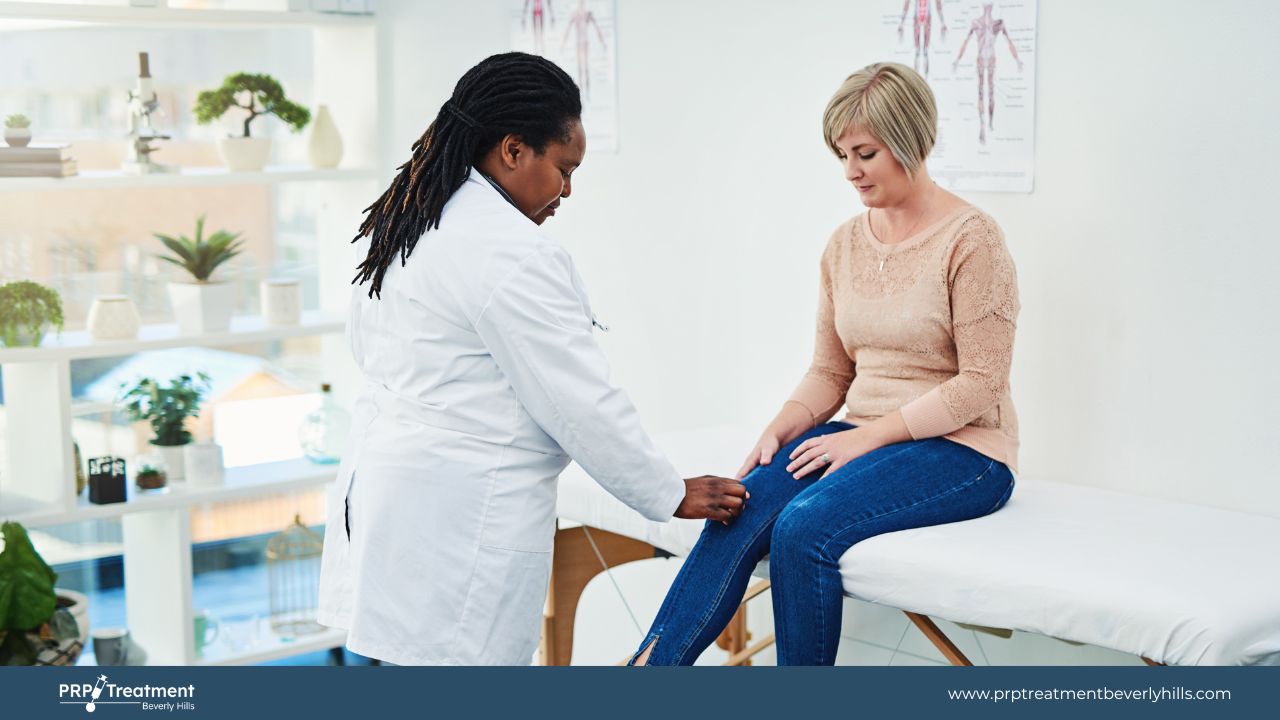Recovering from surgery can be a lengthy and often painful process. In recent years, Platelet-Rich Plasma (PRP) injections have gained attention as a promising treatment to help accelerate healing and improve patient outcomes.
This blog will delve into the science behind PRP injections, how they play a role in tissue regeneration and their potential benefits in speeding up surgical recovery. If you’re a North American adult considering PRP treatment to aid post-surgical wounds, this article aims to provide fundamental medical knowledge in an easy-to-understand and engaging manner.
The Science Behind PRP and Tissue Regeneration
Platelets are best known for their role in blood clotting; however, they also possess several other functions essential for wound healing and tissue regeneration. PRP injections capitalize on these natural healing properties by delivering a concentrated dose of platelets directly to the injury site.
Growth factors present in PRP, such as platelet-derived growth factor (PDGF) and transforming growth factor-beta (TGF-β), stimulate cellular regeneration by promoting cell proliferation, migration, and differentiation.
These factors also help attract stem cells to the injury site, further enhancing tissue repair. PRP injections trigger the body’s innate healing response, amplifying and accelerating the process.
PRP Injections in Surgical Recovery
PRP injections have been utilized in various surgical procedures and conditions, including orthopedic surgeries, sports injuries, dental procedures, and cosmetic surgeries. The PRP injection process typically involves applying the PRP directly to the surgical site during the procedure or injecting it into the affected area post-operatively.
Several studies and clinical trials have demonstrated promising results, indicating that PRP injections can reduce inflammation, decrease post-operative pain, and, ultimately, speed up recovery times.
However, it is essential to note that individual results may vary, and not all patients or procedures may experience the same benefits.
How PRP Injections Can Support Physical Therapy After Surgery
Recovering from surgery is a multi-step process that often involves the body’s natural healing abilities and targeted rehabilitation efforts. Physical therapy is crucial in restoring function, strength, and mobility after surgery.
PRP Injections and Tissue Regeneration
As previously discussed, PRP injections involve using a concentrated form of the patient’s blood containing a higher concentration of platelets and growth factors. These components are vital in the body’s natural healing processes, promoting cellular regeneration, reducing inflammation, and attracting stem cells to the injury site.
When used with physical therapy, PRP injections can provide a powerful combination to support and expedite post-surgical recovery.
Reducing Pain and Inflammation
One of the primary challenges patients face during post-surgical rehabilitation is managing pain and inflammation. PRP injections can help alleviate these symptoms by reducing inflammation at the site of injury, which, in turn, decreases pain levels.
Patients can more effectively participate in physical therapy sessions with better pain control, leading to improved outcomes and faster progress toward rehabilitation goals.
Accelerating the Healing Process
PRP injections stimulate the body’s natural healing response, promoting faster tissue repair and regeneration. This accelerated healing can be particularly beneficial during physical therapy, allowing patients to progress through their rehabilitation program more quickly and efficiently.
When combined with targeted exercises and stretches, PRP injections can help patients regain their strength, mobility, and function sooner than with physical therapy alone.
Minimizing Scar Tissue Formation
Following surgery, scar tissue formation is a common occurrence that can impact the range of motion and flexibility in the affected area. PRP injections have shown promise in reducing scar tissue formation by promoting healthy tissue growth rather than fibrous scar tissue.
By minimizing the development of restrictive scar tissue, PRP injections can help ensure that patients have the best possible outcomes during their post-surgical rehabilitation.
Optimizing Long-Term Recovery
The benefits of PRP injections extend beyond the initial stages of post-surgical rehabilitation. By accelerating the healing process and promoting healthy tissue growth, PRP injections can contribute to long-term improvements in joint and tissue health.
This can lead to a more successful recovery and a reduced risk of complications or recurrent issues in the future.
PRP Injections in Minimizing Scar Tissue Formation After Surgery
In the context of scar tissue formation, PRP injections can potentially influence the healing process by:
Modulating the Inflammatory Response
Inflammation is critical to the body’s response to injury or surgery. However, excessive or prolonged inflammation can contribute to the formation of fibrous scar tissue. PRP injections have been shown to help modulate the inflammatory response, which may lead to a more balanced and controlled healing process, resulting in less scar tissue development.
Promoting Angiogenesis
Adequate blood flow is essential for healing and tissue growth. PRP injections can stimulate the formation of new blood vessels (angiogenesis) in the healing area, providing critical nutrients and oxygen to support healthy growth instead of scar tissue.
Encouraging the Production of a Healthy Extracellular Matrix
The extracellular matrix (ECM) provides the structural framework for tissues and is crucial in the healing process. PRP injections can promote the production of healthy ECM components, such as collagen, elastin, and hyaluronic acid, which can help minimize the formation of restrictive scar tissue.
Attracting Stem Cells
PRP injections have been shown to attract stem cells to the site of injury, which can differentiate into various cell types, including skin cells and connective tissue cells. This can contribute to the regeneration of healthy tissue and a reduction in scar tissue formation.
Clinical Evidence and Applications
Several studies have investigated the potential of PRP injections in reducing scar tissue formation in various surgical fields, including orthopedics, plastic surgery, and general surgery.
While individual results may vary, the research has shown promising outcomes in terms of improved cosmetic appearance, reduced scar tissue formation, and better overall tissue healing.
However, it is essential to note that more extensive clinical trials and research are needed to fully understand the extent of PRP’s potential in minimizing scar tissue formation after surgery and to establish standardized treatment protocols.
Potential Limitations and Concerns

While PRP therapy offers exciting potential, it is crucial to recognize that various factors can influence its effectiveness, such as the patient’s age, overall health, and the severity of the injury or condition.
Some potential side effects and complications, like infection or allergic reactions, may arise, although these risks are generally considered low.
As with any emerging medical treatment, further research and clinical trials are necessary to establish optimal protocols and fully understand PRP injections’ long-term effects. It is essential to discuss the potential benefits and risks of PRP therapy with a qualified medical professional before pursuing treatment.
Conclusion
PRP injections offer a fascinating glimpse into the body’s natural healing capabilities and hold promising potential for accelerating surgical recovery. Patients can decide whether PRP therapy suits their post-surgical care by understanding the science behind PRP and tissue regeneration.
As research continues to evolve, we can look forward to future PRP treatments and tissue regeneration innovations that will further improve patient outcomes and quality of life.



